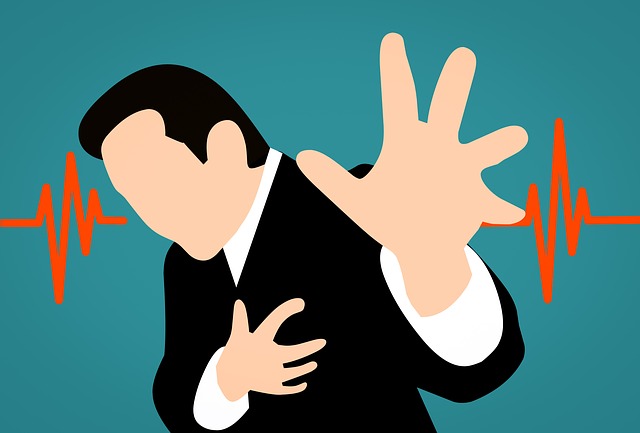The most significant complaint with which patients come to an OB is chest pain. Doctors have seen patients from kids having chest pain to really older adults having chest pain. Most of the time, they get panicked, so we are here to talk about which pain is critical and requires immediate intervention.

How does cardiac pain or heart attack pain, or in technical terms, are called angina feel?
Imagine an elephant sitting on the top of your chest; rather than a pain it’s going to be a discomfort, such kind of a compressive pain will be there, it will be lasting for more than two to three minutes and the pain may radiate to your both your arms, your shoulder, your jaw, your neck, and your back.
It will be associated with sweating, breathing difficulty, giddiness; however, it’s not necessary that you should all have the associated features.
How to dissociate and differentiate with different pain related to chest pain?
Shoulder pain
If you have shoulder pain, you first need to move your limb, move your left arm or right arm; wherever the pain is, and if that movement causes more pain, of course, that is definitely not heart-related. It is probably muscle pain or bone pain.
Sudden Pain
Suppose, if you walk for a certain distance, you get a choking feeling and when you stop, the pain also disappears. You again continue to walk, and you likewise get the same pain. Then it is most probably a general pain which is causing pain by the heart.
What do you need to do in such a situation?
Approach your doctor and ask them to do a treadmill test. The treadmill test is done in a TMT where they connect ECGs. They will create the same scenario of when you were walking in day–to–day activities. Afterward, some ECG changes give clues whether your pain is related to the heart of non-cardiac pain.

